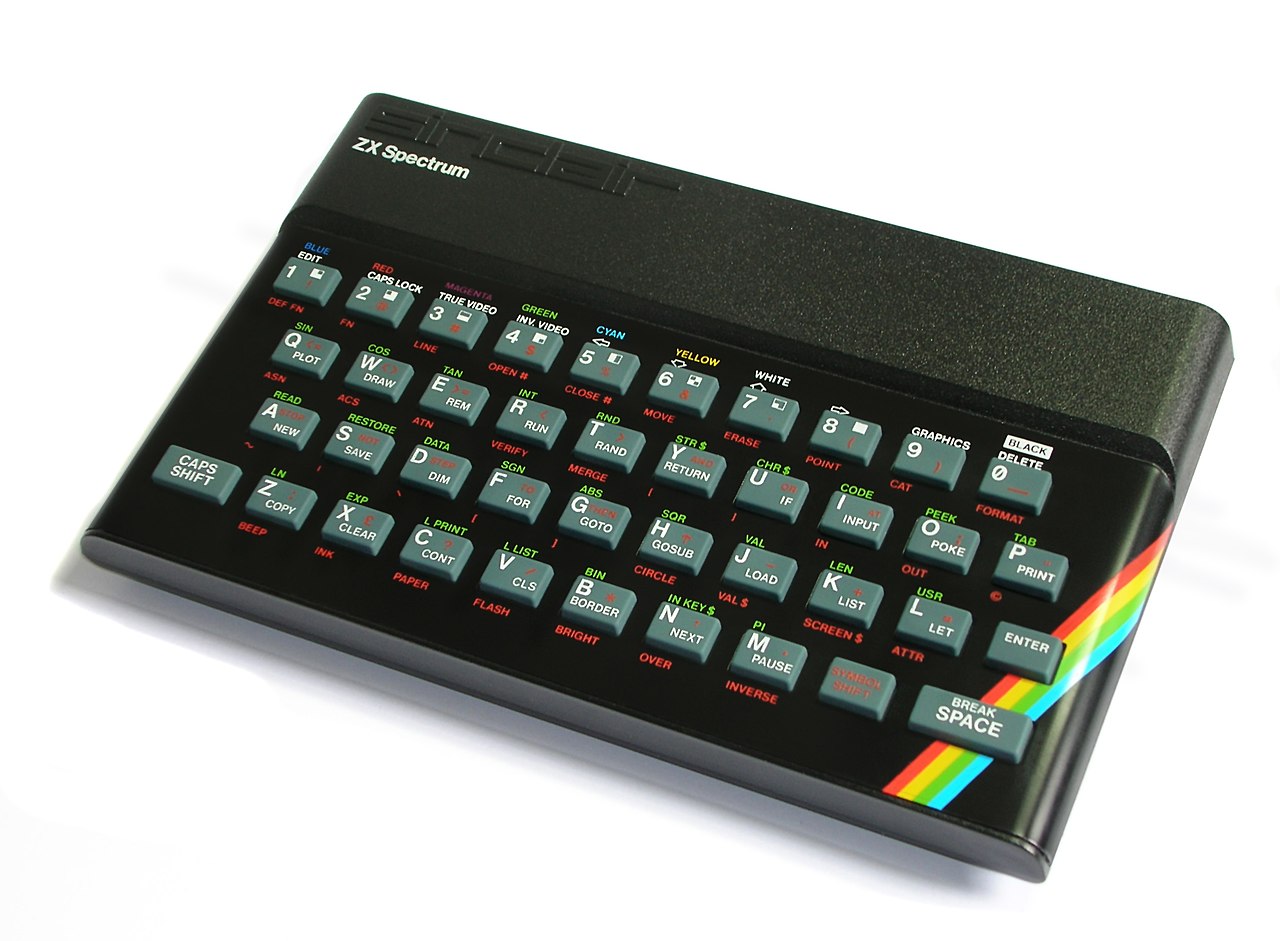Tagged 'games'
The Sinclair ZX Spectrum Keyboard
When I was 12 years old, I got sight of an actual computer. One day at my cousins' house, set on a table and wired up to their TV was a small, black rectangle. They were pressing keys on it to play games (Schizoids and Ant Attack I remember). I was curious - the games looked more interesting than the simple arcade games I played on my Atari console. I got closer and peered over and saw the keyboard and it changed my life. Here's what I saw:

Space Invaders

We invent games to build worlds, often founded on reality. Chess is an ancient example. The chess pieces represent real-world characters from the time of the game's creation. The medieval world had fighting kings and queens and knights on horseback and... bishops? As a child, I found it strange that there were bishops on the chess battlefield, not realising that the church used to be a more militant power.

Games let us replay history and simulate what-ifs and what-might-have-beens.
Computer games also build worlds, in ever more immersive ways. They are simulations of their time. The seminal video game Space Invaders was released by Taito in 1978. A genre-defining shoot 'em up, it introduced the concepts of multiple lives for the player and high scores.

The creator of Space Invaders was Tomohiro Nishikado. This guy was driven: for over a year he designed and built every part of the game himself. He built his own hardware and composed the sound effects, programmed the game and designed the artwork.
Space Invaders was released around the time of Star Wars, not long after the race to the moon. People believe the game is about defending Earth from waves of invading alien creatures from another planet. It's not. The game is about an earlier time.
Tomohiro Nishikado was born in the city of Osaka, Japan in March 1944.
Read moreGame Over
I finally finished a game. I don't mean I played a game and completed it, I rarely do that, I get so carried away looking at the scenery and lighting. No - I finished writing a game.
Read more